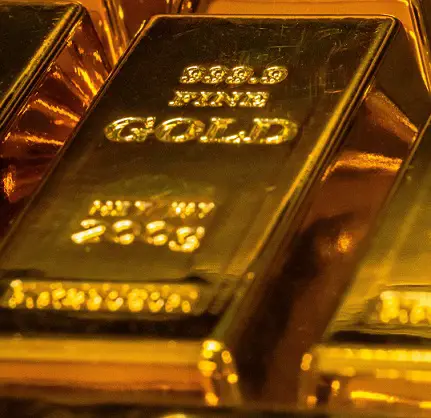On Tuesday the World Gold Council (WGC) reported that in 2022 gold purchases rose by 18% over the previous year, as demand hit almost five metric tons, the most in over a decade. The increase comes after a period of significant declines seen during the coronavirus pandemic.
According to the WGC, global central banks also increased their purchases of gold during the second half of the year, as they added an amazing 1,136 tons of bullion worth about $70 billion to their reserves, a significant increase from the 450 tons purchased in 2021. Annual buying in the sector for 2022 hit the highest volume since 1967.
WGC senior analyst Krishan Gopaul noted that central banks were flocking to the precious metal because bullion holds its value more securely in turbulent economic periods, despite geopolitical issues which can cause sudden and volatile shifts in such assets as fiat currencies and bonds.
He went on to explain, “In our central bank survey, what we were told as reasons to hold gold was its performance in times of crisis, that it’s an effective diversifier and there’s no counterparty risk. If you look at last year, both the geopolitical and macroeconomic environment, you’ll see that all of those factors as well as being a reason to own gold could be seen as reasons to buy more gold.”
Gopaul noted, central banks in China, Turkey, and Egypt, were responsible for most of the purchases, since as emerging markets, they will traditionally maintain lower bullion volumes compared to Western banks. However he added, “for Western central banks, who haven’t been buying, because they already own a lot of gold, the key point is they’re actually not selling.”
In its report, the WGC noted that only about one third of gold bought by central banks is reported publicly, with the remaining two-thirds of purchases being done off the official record.

